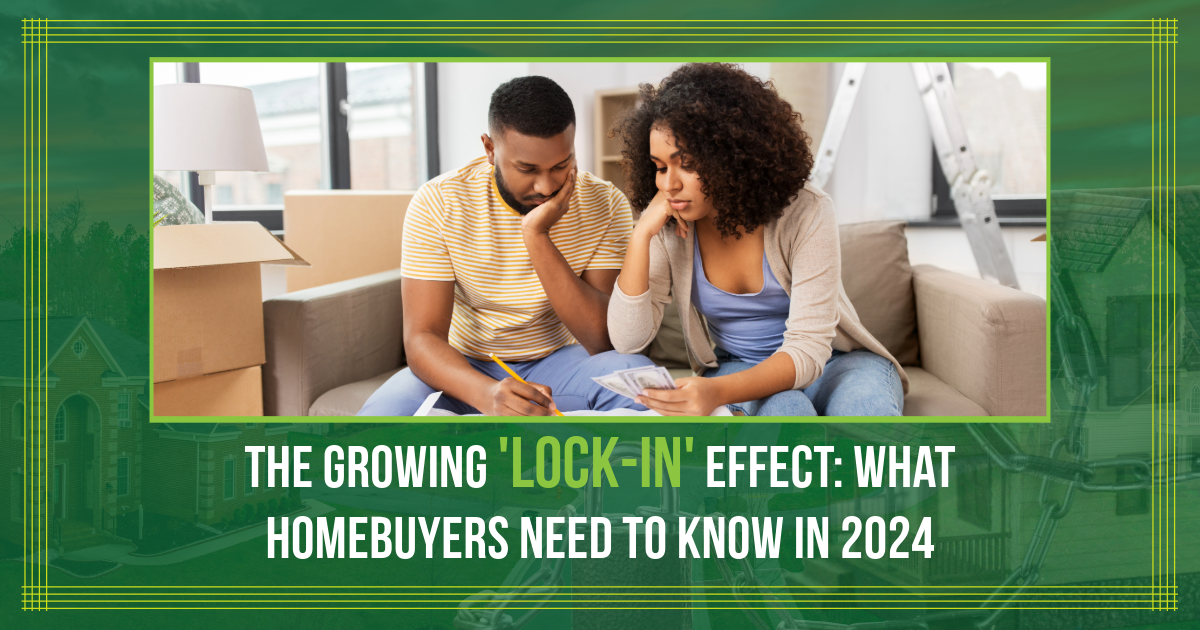Americans are Eager to Move Despite High Interest Rates

Many Americans are feeling quite pessimistic about interest rates, which could put even more pressure on a housing market that is already struggling with a limited supply.
Americans anticipate that high interest rates will continue to rise even more in the upcoming years, a perspective that could further impact the housing market.
The Federal Reserve Bank of New York’s SCE Housing Survey revealed that Americans expect mortgage rates to rise from just under the current 7% up to 8.7% in one year and 9.7% within three years. This is the highest projection since the agency started the survey in 2014.
The pessimism surrounding mortgage rates is because the Federal Reserve has refrained from cutting interest rates after spending much of 2022 raising them to fight inflation. While some officials have said there is likelihood of the Fed raising rates again, and the housing market will remain unstable making it difficult to predict what future interest rates will look like.
Although consumer expectations do not determine when the Fed decides to lower interest rates, they can significantly influence the housing market as consumers make decisions on whether to sell or buy, according to Marty Green, a principal at the law firm Polunsky Beitel Green.
“It doesn’t make sense to start looking for a house if you believe interest rates will be unacceptably high and unaffordable,” Green said in an email. “But, if you really think mortgage rates will be 2-3% higher in a year or two, today’s rates look much more attractive and could push you to buy sooner rather than later.”
However, Green mentioned that the perceptions of higher mortgage rates will drive more “lock in” homeowners who might have otherwise sold their homes if not for the low interest rate they secured on their current mortgages.
“The bigger the gap between the anticipated interest rate on a potential new home and the current home’s interest rate, the more reason you need to move. Otherwise, it just makes more financial sense to stay where you are,” Green said.
Even though some big life decisions, like relocating for a new job or to be closer to family, can be more beneficial than measuring a move based on low interest rates. High rates ultimately reduce the number of homes up for sale, he added.
Limited House Inventory Leads to Rising Costs
Even though new listings in cities served by Redfin have increased 10% compared to 2023, inventory remains significantly lower than in 2022 and 2021. This has pushed the median sale price for new listings almost 6% higher than the same period last year. The median sale price reached a record $383,725 during the four weeks ending April 21, representing an increase of over 5% from a year ago, according to new data from Redfin.
According to Redfin, this is double the median price from 10 years ago and about 50% higher than five years ago. The combination of high interest rates and elevated prices have pushed the median monthly housing payment to a record $2,843, marking a 13% increase from the same time last year.
Approximately 90% of U.S. metro areas experienced home-price increase in the first quarter of 2024, with 30% recording double-digit gains.
“In a news release, Lawrence Yun, chief economist at the National Association of Realtors, said, in the current market, rising prices are the direct cause of insufficient housing supply failing to meet the full demand.”
The New York Fed survey shows that rising prices and limited supply have made many Americans lose hope of owning their own home.
Approximately 40.1% of renters now estimate their chances of owning a home at 40.1%, down from 44.4% last year, marking the lowest level recorded since 2014. They also expect rents to increase by about 9.7% in the next year, up from the 8.2% predicted last year.
Redfin shows that 38% of homeowners stated they do not believe they could afford to buy their own home if they had to purchase it today.
Baby boomers, millennials, and Gen Z are in a tug-of-war over the supply in the housing market.
Redfin’s report from earlier this year showed the time people stay in their homes has almost doubled since 2006. Back then, the median homeowner spent approximately 6.5 years in a home. This number hit 13.4 years in 2020, and then dropped to 11.9 years in 2023.
The study found that about 56% of baby boomers have lived in their home for at least 10 years, while 35% of Gen Xers have done the same. Only 7% of millennials have remained in their homes for 10 years or more.
The homes owned by older Americans also tend to be bigger. A separate Redfin analysis revealed that empty-nester baby boomers have twice as many three-bedroom-plus homes as millennials with kids.
Houses that come up for sale increasingly need renovations. A report from Leaf Home and Morning Consult found 73% of baby boomers have been in their current homes for 11 years or more, and more than half own homes built in 1980 or earlier that have never been renovated. Most of them also said they don’t have plans to renovate anytime soon.
With the minimal supply at hand, people are using a property’s potential to make decisions since many homes do need remodels whether for structural problems, or personal taste.
What changes do you expect to see in the housing market within the next year? Decade?



